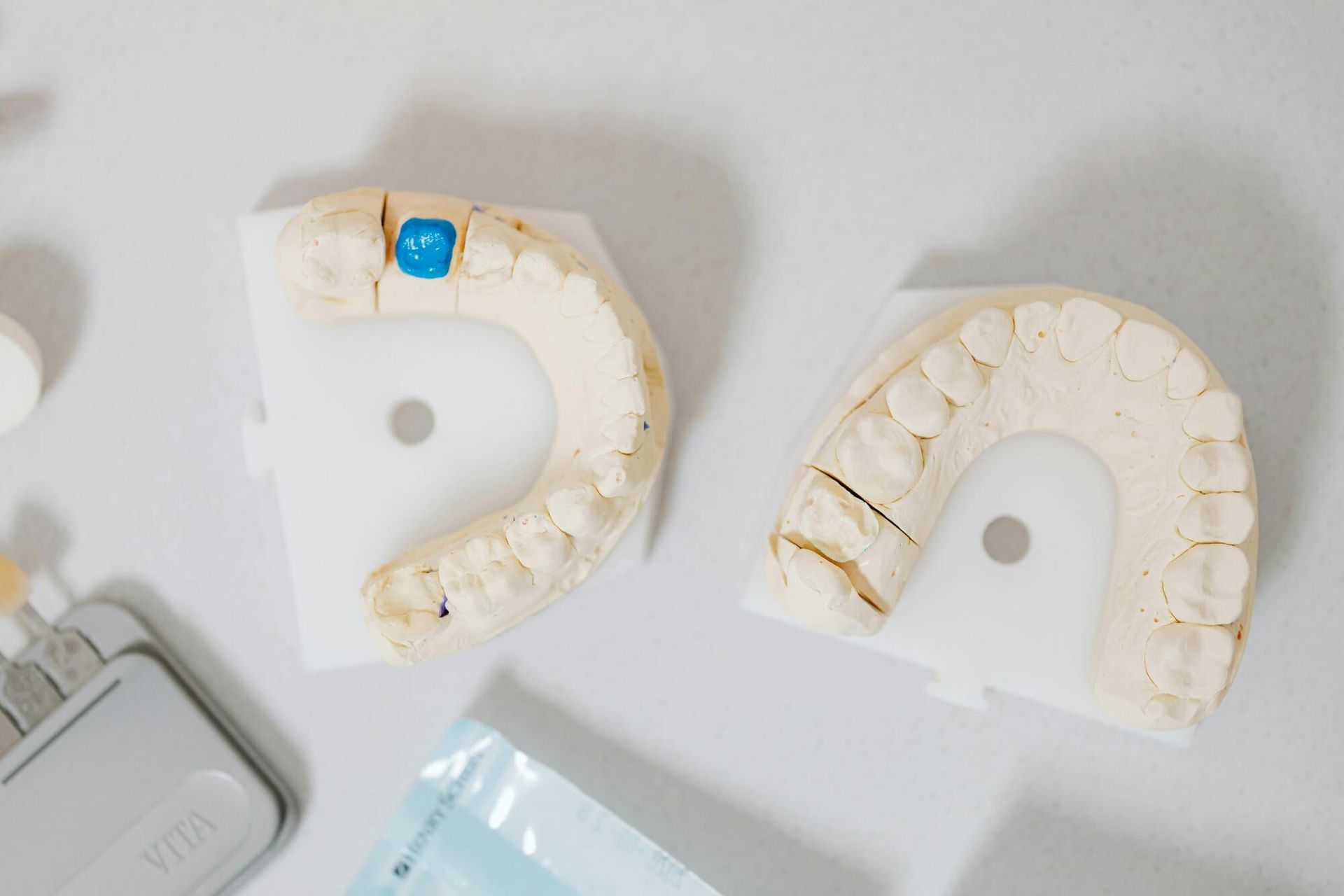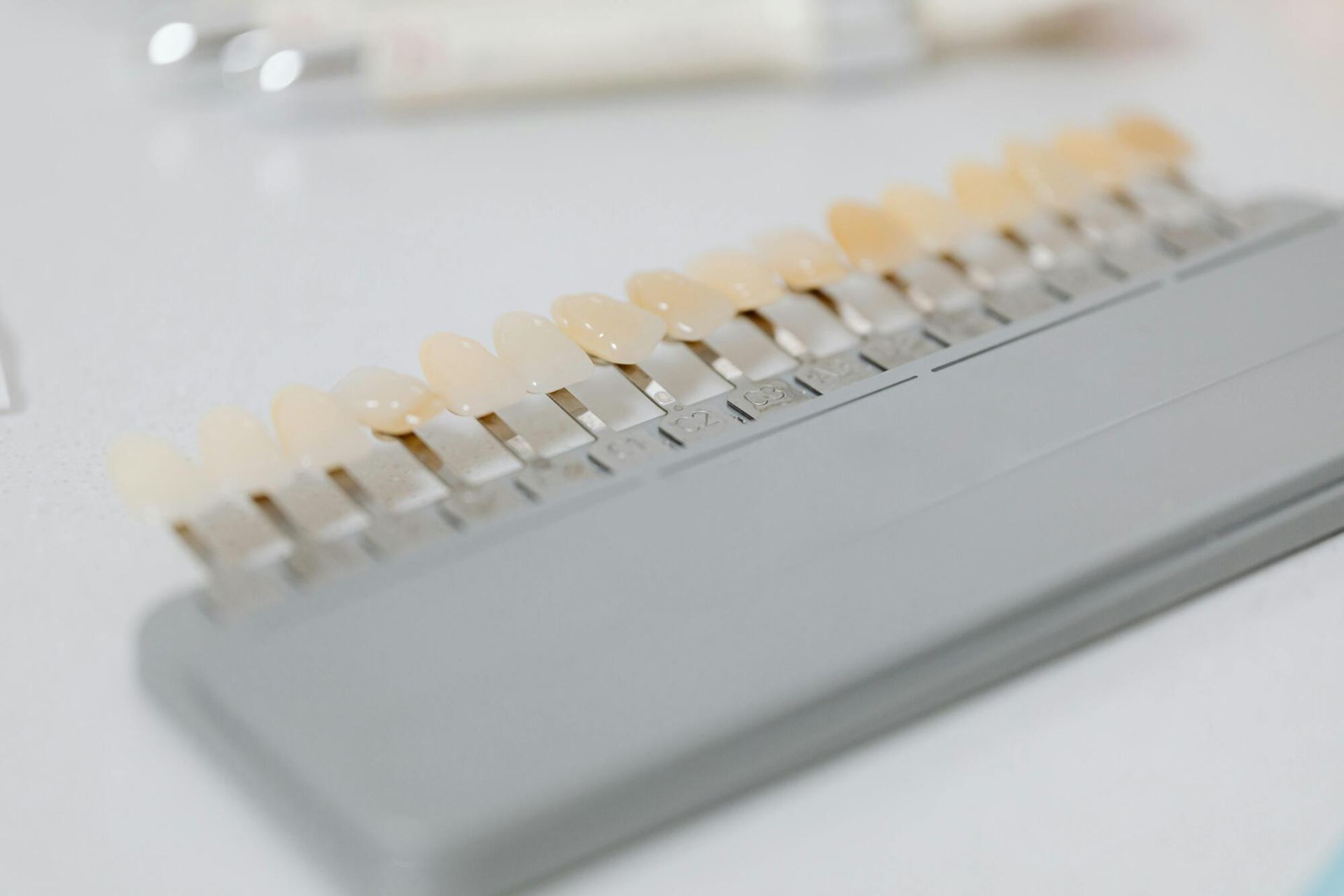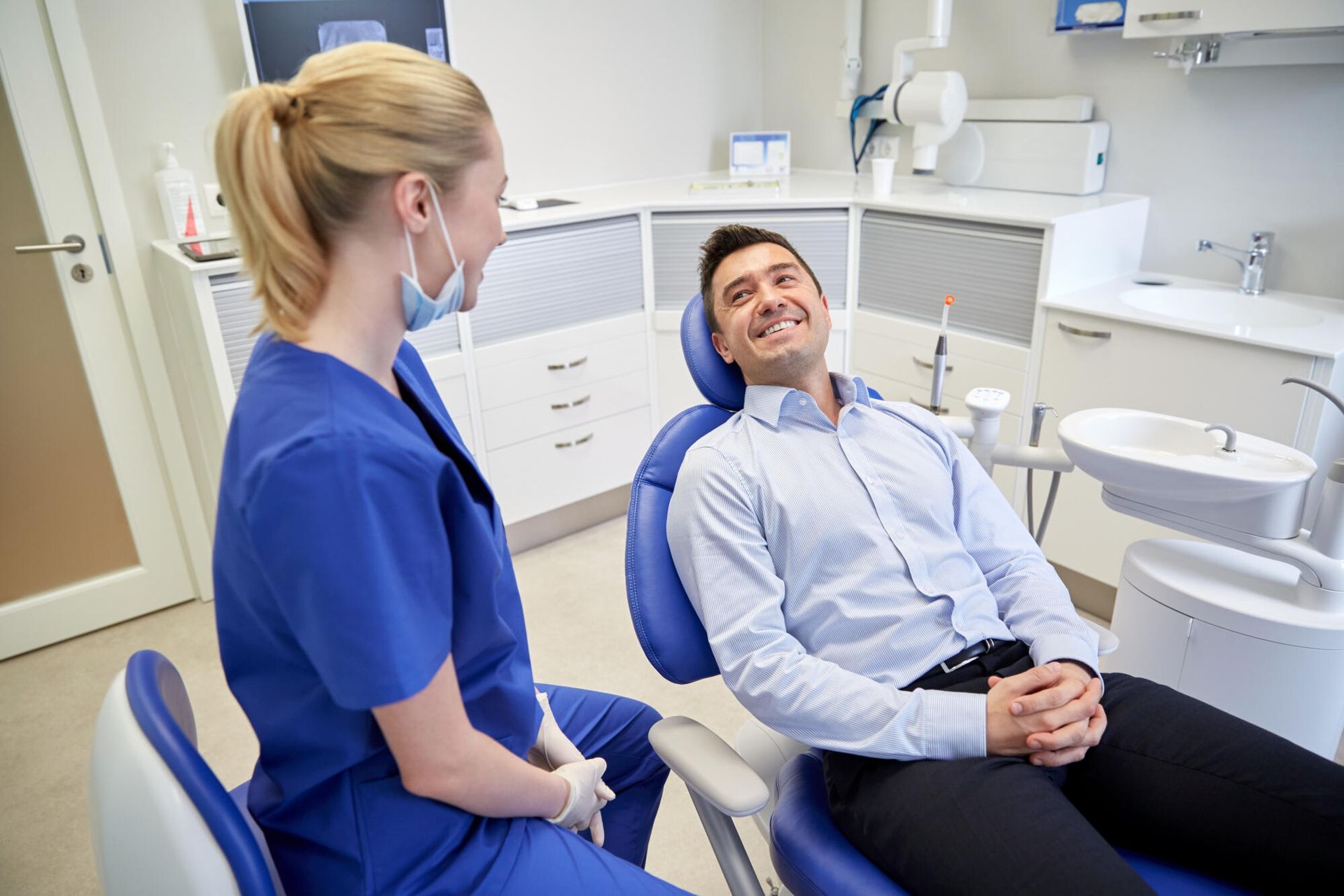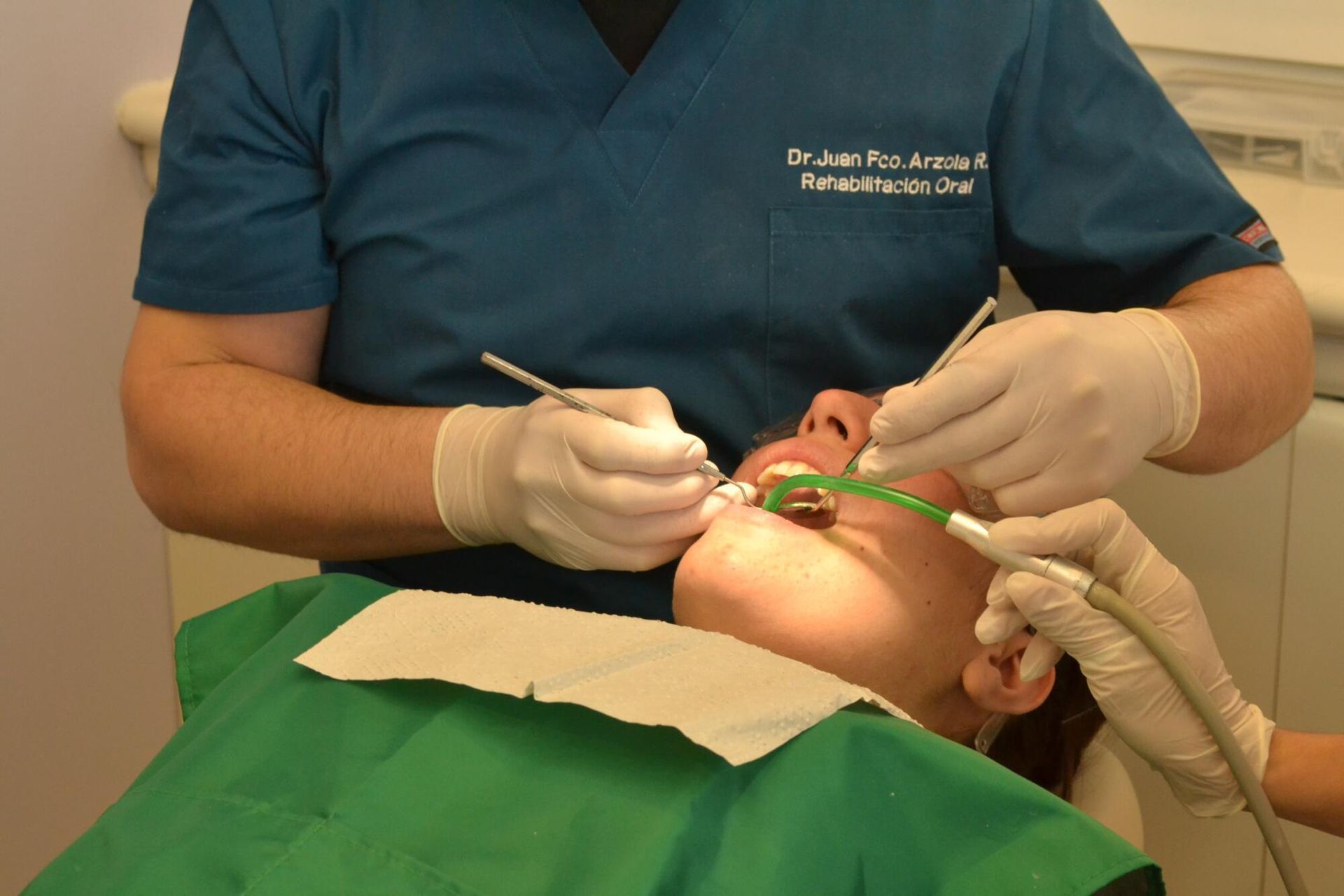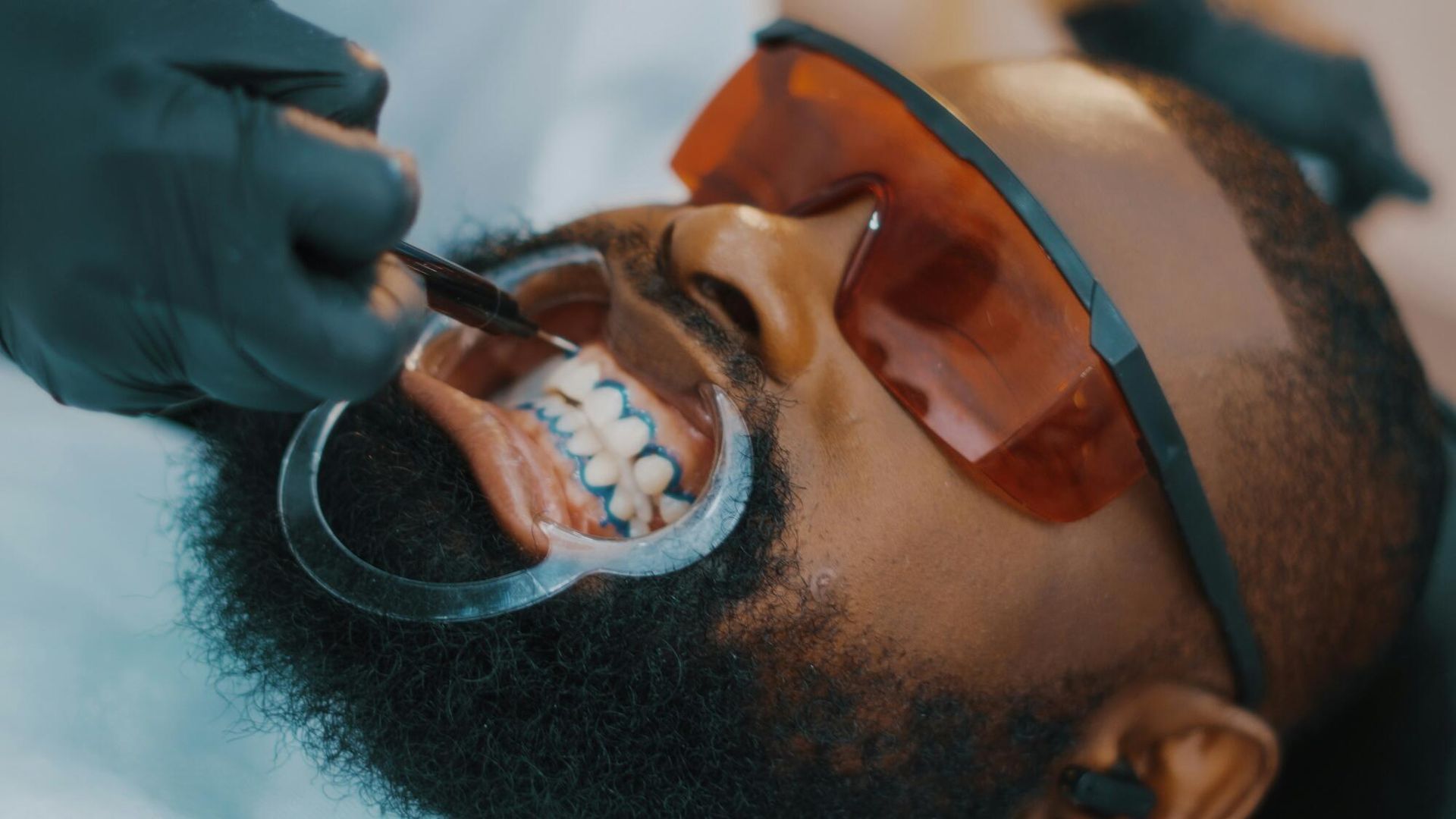The Ultimate Guide to Choosing Dental Implants Amid Bone Loss Concerns
Dental implants are one of the most common treatments for missing teeth. In fact, according to the Cleveland Clinic, more than 3 million people in the U.S. have them, and thousands more get them each year.
If you have lost a tooth and also have bone loss, it can make choosing the proper treatment feel overwhelming. But do not worry, you have options.
At Heather Martinson, DDS in Arlington, TX, we believe everyone deserves a strong, healthy smile, even when bone loss is a concern. This guide will help you understand your options for dental implants with bone loss and learn what to expect from the process.
Understanding Dental Implants With Bone Loss
Dental implants with bone loss are still possible, but they often require a different approach than a standard implant. When the bone in the jaw is too weak or thin, it cannot hold the implant in place. That is where additional steps, such as bone grafting or mini implants, may be necessary.
Even with these additional steps, implants can still provide a long-lasting solution that looks and feels natural. With a success rate of over 94% at 15 years, according to the National Library of Medicine, they are one of the most dependable choices in modern dentistry.
Why Bone Loss Happens
When you lose a tooth, the bone underneath no longer gets the pressure it needs to stay strong. Over time, the bone starts to shrink. Gum disease, infections, or injuries can also lead to bone loss.
If you experience bone loss in your jaw, it does not always mean you are out of options. It just means you will need the right plan in place to rebuild or work around the weakened bone.
Can You Still Get Implants if You Have Bone Loss?
The short answer is yes, many people with bone loss can still get implants. Thanks to modern techniques in implant dentistry, your dentist may recommend several approaches to ensure your implant remains securely in place.
Bone Graft for Implants
One of the most common solutions is a bone graft for implants. This is where your dentist adds new bone to the jaw to rebuild it. Over time, this bone fuses with your existing jaw, making it strong enough to support an implant.
It may sound intense, but bone grafts are a routine part of many dental procedures. They are often performed in-office with minimal discomfort, and they significantly enhance the success of the implant.
Mini Dental Implants
If a bone graft is not the best option, your dentist may suggest mini-implants. These are smaller in size and need less bone to stay in place. While not right for everyone, they often work well for people with mild to moderate bone loss.
Zygomatic Implants
In rare cases of severe bone loss in the upper jaw, zygomatic implants are used. These attach to the cheekbone instead of the jaw. They are more complex and are typically performed only by dentists with advanced training and expertise.
Dental Bone Restoration
Dental bone restoration is the process of strengthening or regrowing the jawbone before placing implants. This step is often needed if you have had missing teeth for a long time or have suffered from gum disease.
Dr. Martinson utilizes advanced tools and scanning technology to determine if a bone graft is necessary and to identify the most suitable type. Whether using your own bone or synthetic material, the goal is to rebuild a strong foundation for your smile.
What to Expect During a Bone Graft
The process can be completed in a single appointment. In many cases, healing occurs over several months before the implant is placed. You may be given special instructions to follow during this time to help the graft fuse properly.
While it may delay the final placement, bone restoration ensures your implants last longer and stay stronger.
The Step-By-Step Dental Implant Process
The implant process involves several key steps, and each is designed to help ensure your implant is secure and long-lasting. Dr. Martinson explains this process in full detail on this page. The dental implant process can vary, but this is a general outline of what most patients can expect:
1. Consultation and Imaging
Your journey starts with a full consultation. Dr. Martinson will take 3D X-rays to assess your jawbone and create a plan tailored just for you. This step is also where your bone loss will be evaluated.
2. Preparing the Jawbone
If needed, bone grafting or sinus lifts are performed to prepare the area for the implant. You will be given time to heal before the implant is placed.
3. Implant Placement
The dental implant (a small titanium post) is placed in the jaw. Over time, the bone fuses with the post in a process called osseointegration.
4. Attaching the Crown
Once healed, a crown is placed over the tooth. This crown is custom-made to match your surrounding teeth in size and color, creating a natural look and feel.
Complete Mouth Restoration: When You Need More Than One Implant
Some patients require multiple implants or a comprehensive smile makeover to achieve their desired results. This process is known as full mouth reconstruction, and it can transform both your smile and your overall oral health. You can read more about this option here.
Dr. Martinson offers comprehensive treatment plans that consider your bone health, implant needs, and cosmetic goals simultaneously. Every case is different, but the goal remains the same: to restore function and confidence.
What Happens if You Do Not Replace a Missing Tooth?
Missing teeth can cause more than just a gap in your smile. Without a replacement, you may experience problems like:
- Shifting teeth that affect your bite
- Jawbone loss that changes your facial shape
- Difficulty chewing or speaking clearly
- Increased risk of gum disease and more tooth loss
That is why acting early is key. Replacing a tooth with an implant helps stop these issues before they start.
Benefits of Implants vs. Other Tooth Replacement Options
If you have experienced bone loss, you may wonder if implants are worth it. The answer is yes. Compared to bridges and dentures, dental implants offer lasting strength and improved long-term oral health. They provide several implant dentistry benefits that extend far beyond simply filling a gap.
Preserves Jawbone Health
Implants replace the tooth root, which keeps the jawbone strong. Dentures and bridges do not do this, leading to bone loss over time. This makes implants the best option for maintaining long-term structure and stability.
Feels and Functions Like Real Teeth
Implants are secure and do not shift. You can eat, speak, and smile naturally. Dentures can move around, and bridges may feel less stable. Implants give you confidence in daily life.
Lasts Longer Than Other Options
Implants often last a lifetime with proper care and maintenance. Bridges usually need replacing within 10 to 15 years. Dentures wear out even faster. Although implants cost more upfront, they often save money in the long run.
Protects Healthy Teeth
Unlike bridges, implants do not depend on nearby teeth for support. This avoids damage to healthy teeth. The NIH also confirms implants carry a lower risk of decay and sensitivity in adjacent teeth.
Reduces Dental Problems Later
Implants help prevent future issues, such as shifting teeth or plaque buildup. They support a clean, balanced bite and make hygiene easier than with partial dentures or bridgework.
Improves Overall Oral Health
According to the FDA, implants can enhance speech, chewing, and bone maintenance, all of which contribute to improved long-term dental health. For patients needing dental implants with bone loss, they remain the most complete and lasting solution.
Choosing the Right Implant Dentist in Arlington, TX
When you have bone loss, experience matters. You want a dentist who understands how to handle complex implant cases. Here is what to look for when choosing an implant dentist:
- Years of experience with implants and bone grafting
- Advanced imaging and technology in the office
- Personalized care, not one-size-fits-all treatment
- Clear explanations and flexible appointment times
Dr. Heather Martinson is known for her attention to detail, advanced tools, and gentle approach. As a trusted name in Arlington dental services, she provides complete care for even the most complex cases.
Are Dental Implants Right for You?
Still deciding if dental implants with bone loss are your best option? This breakdown of tooth replacement options can help:
- Dental Implants are long-lasting, stable, and natural-looking
- Bridges are fixed, but may damage nearby teeth
- Partial Dentures are removable and affordable, but less secure
Implants offer the strongest bite, the best appearance, and the healthiest long-term results. Especially for those with bone loss, they are worth the extra planning.
Start Your Journey to Better Oral Health
Choosing dental implants with bone loss can feel like a big step, but it pays off in comfort, confidence, and long-term health. With expert care, bone grafting, and modern technology, implants remain a strong option for many people, even when jawbone support is an issue.
At Heather Martinson, DDS, we offer advanced dental health solutions in a caring and welcoming environment. If you are ready to learn more or want a second opinion, our Arlington dental team is here for you.
Learn more about implant dentistry on our website and schedule your free consultation to take the first step toward a stronger, healthier smile.
Dr. Heather E. Martinson
